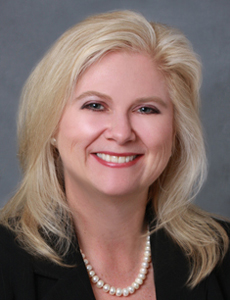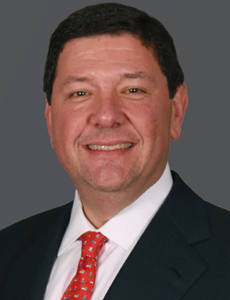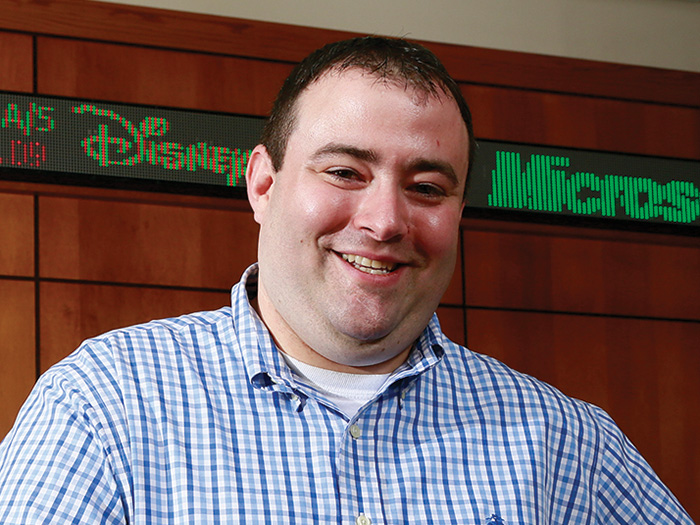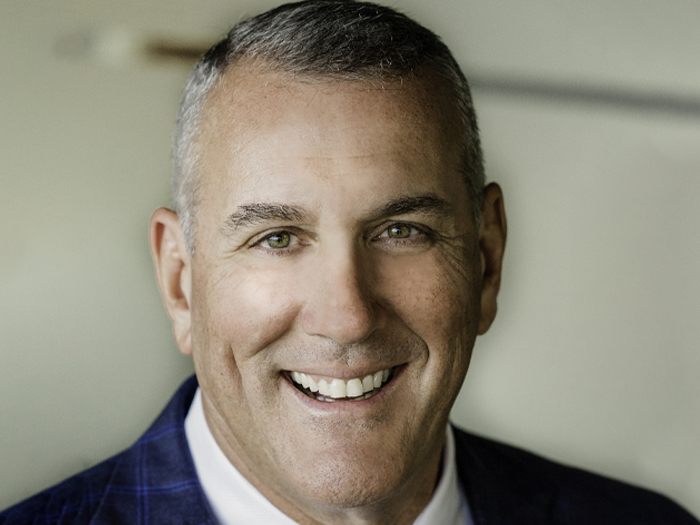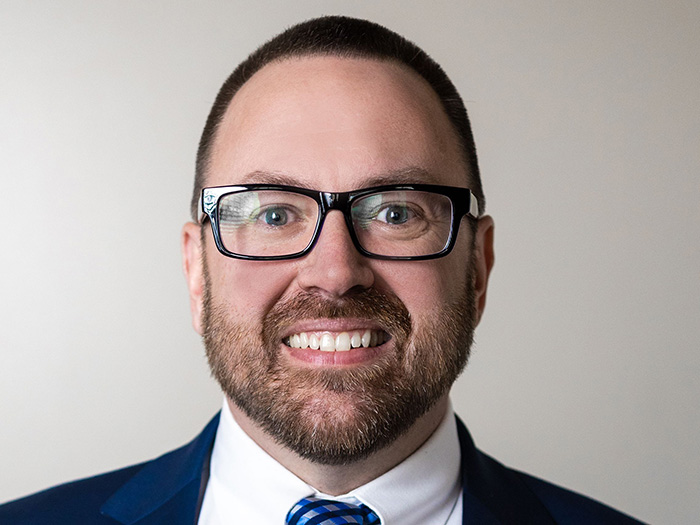M&As
Consolidation Remains Strong

The volume of insurance M&A deals is expected to be at least as high in the second half of 2014 as the first six months, according to industry experts.
A total of 35 property casualty and reinsurance deals worth approximately $5.6 billion were sealed in the first six months of 2014, according to AM Best. That’s more than half the $10 billion total recorded last year, with more deals expected, said one industry insider.
Edward Best, a partner at law firm Mayer Brown, who specializes in M&A said: “In the first half of the year, there were five deals in the U.S. over $500 million.
“For the second half, I wouldn’t be surprised if we have at least an equal number of large deals,” he said.
The surge in M&A activity is being fuelled by excess capital held by insurance companies looking to strengthen their position in core markets and boost their returns in a low interest rate environment.
New research by advisory firm KPMG revealed that more than half of 95 U.S. insurance bosses surveyed expect to be involved in an M&A deal in the next 12 months.
Laura Hay, national leader of KPMG’s insurance practice, who led the 2014 Industry Outlook Survey, said: “M&A activity is expected to ramp up in the next year as insurers leverage their strong capital positions to seek profitable growth, enter new markets and rationalize non-core operations.
“P&C insurers are acquiring companies with enhanced technology platforms to gain a competitive edge and view M&A as a crucial means to increase their distribution capacity.”
Insurance company leaders named access to new markets and geographic areas (45 percent) and regulatory changes and pressures (45 percent) as the two main drivers for M&A.
Moreover, 34 percent said strategic acquisitions were their top priority in terms of investment, closely followed by customer programs (25 percent) and information technology (24 percent).
Hay said there had been a significant shift from wholesale acquisitions of companies toward block-buying, focusing on specific distribution platforms or moving into new lines of business.
“There’s now a much greater focus on companies’ core business and building scale in areas that are strategically aligned with their business model,” she said.
And that is just the start, said Hay, following a period of uncertainty immediately after the financial crisis when insurers reined in capital to use as a buffer against market volatility.
Best said the M&A activity was being driven by the soft market and low interest rates, with insurers looking to put their capital to better use.
He said the latest push has been led by non-U.S. companies looking to extend their global footprint, citing the example of Brazil’s only publicly traded independent investment bank Grupo BPG Pactual’s recent purchase of Ariel Re and Validus’ $700 million deal for Western World earlier this year.
“A lot of large U.S. insurers are not making as many acquisitions domestically as before because of the soft market,” Best said.
“Most of the big insurers are already national and do not need to expand geographically in the U.S., so they are looking to expand their product lines, especially specialty lines which may have better pricing.”
And he doesn’t see the recent trend of M&A activity slowing down any time soon, provided there are no major catastrophe events.
He added that further consolidation of the market would serve to reduce the excess capital in the market and thus have a positive effect on rates, particularly in the reinsurance sector.
At an insurance agency level, Daniel Menzer, a partner at financial services firm Optis Partners, said the uptick in M&A deals was being driven by a proliferation of PE-backed buyers with investors looking for a steady return, as well as more attractive pricing as a result of increased competition.
“We see no reason now for the upward trend to change,” Menzer said. “With somewhere between 20,000 to 30,000 insurance agencies across the U.S., there are likely plenty of baby-boomer owners that want/need to sell, along with all the other strategic sellers that want to join something bigger to expand their growth opportunities.
“Barring major tax changes that could stall or accelerate transactions, a significant economic turn or some other kind of global event that could disrupt economies and other aspects of life, we expect the general strong M&A marketplace to continue.”
The impact of new regulations and legislation remains the biggest threat to insurers’ business models, according to 34 percent of the KPMG survey’s respondents.
Hay added: “Companies seem to be working on improving their core business but perhaps not taking some of the more revolutionary jumps or more dramatic changes that need to be made to their business models.
“How quickly they evolve their business models in this respect will play a big role in determining who the market leaders will be in three to five years’ time.”

